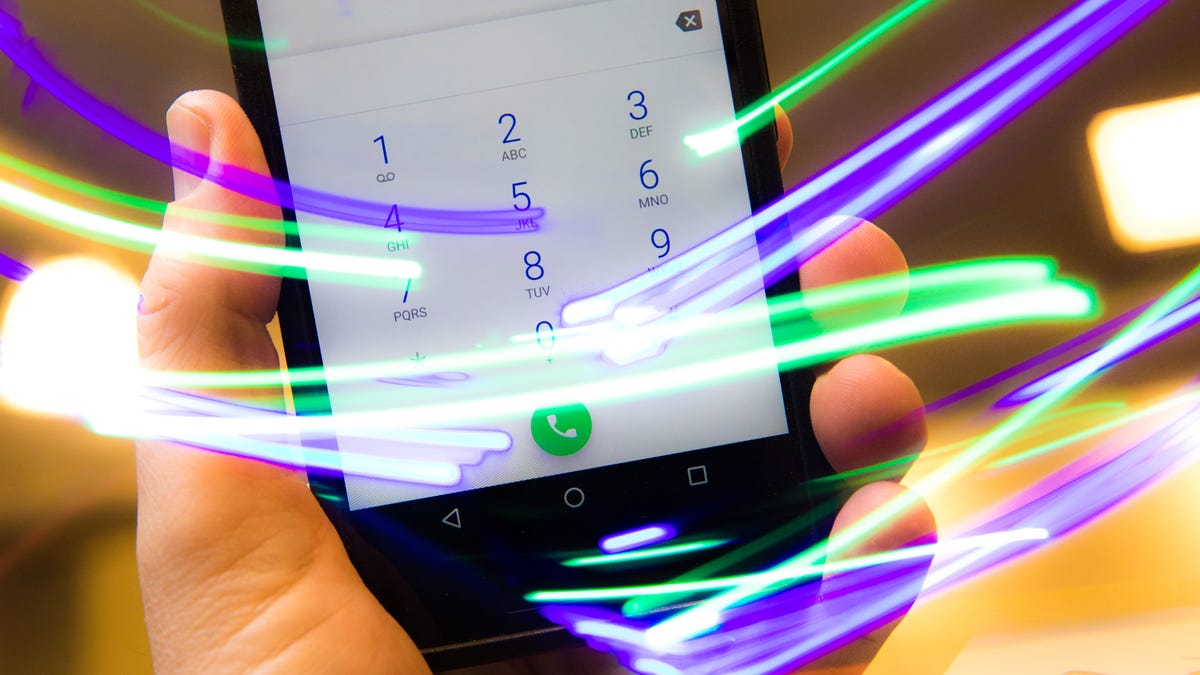We’ll all be crazy data hogs by 2022
North American data consumption is expected to more than triple over the next five years. Thank goodness for 5G.

Wireless networks are going to be a lot faster in the coming years.
In the not-so-distant future, you'll see driverless buses navigating city streets, robots performing surgery and the use of augmented reality in manufacturing – all thanks to next-generation wireless tech called 5G.
Just don't expect it to show up any time soon.
By 2022, 15 percent of the global population is projected to have 5G coverage, while 25 percent of subscriptions in North America will be 5G, according to the latest Ericsson Mobility Report, out Tuesday. The global stat is up from a previous prediction of 10 percent, but the low number indicates that we have a long way to go before 5G is broadly available.
Still, the report sheds light on the potential impact of 5G. With 5G standards and devices emerging in 2018, Ericsson said consumers will more frequently turn to a lightning-fast wireless connection for virtual reality, augmented reality, smart homes, self-driving cars and drones. The use of 5G in self-driving buses, for example, will enable remote monitoring and control capabilities to ensure safety and potentially lead to greater public acceptance of autonomous vehicles.
It's a good thing 5G is coming because the technology will be critical to handling our increasingly hog-like data tendencies. By the end of 2017, North American users will consume an average of 6.9 gigabytes each month. In five years, that total will exceed 26GB, a tick up from the 25GB that Ericsson previously projected.
What does 26GB of data get you? About two and a half hours of 4G video streaming per day, according to Verizon's data calculator. By the time 2022 rolls around, there will likely be many applications around to eat up your data.
Take augmented reality, which projects digital images upon a person's real-world view, and virtual reality, a three-dimensional image simulation within which people interact. They are two of the hot trends in tech right now, with companies including Facebook leading the way. As the technologies become more common, Ericsson predicts there'll be a fivefold increase in data usage between the end of 2016 and 2022.
Thank goodness the carriers have mostly moved to unlimited data plans.
Ericsson's new report includes more statistics about the internet of things, the concept of connecting everyday objects to the web and to one another. At the end of 2016, the US and Canada were estimated to have 67 million cellular internet-of-things connections linking industrial and consumer devices. By 2022, that number could jump to 213 million.
Not surprisingly, phone use is projected to grow too. By 2022, smartphones are expected to account for more than 90 percent of mobile data traffic worldwide.
Batteries Not Included: The CNET team reminds us why tech is cool.
CNET Magazine: Check out a sample of the stories in CNET's newsstand edition.

